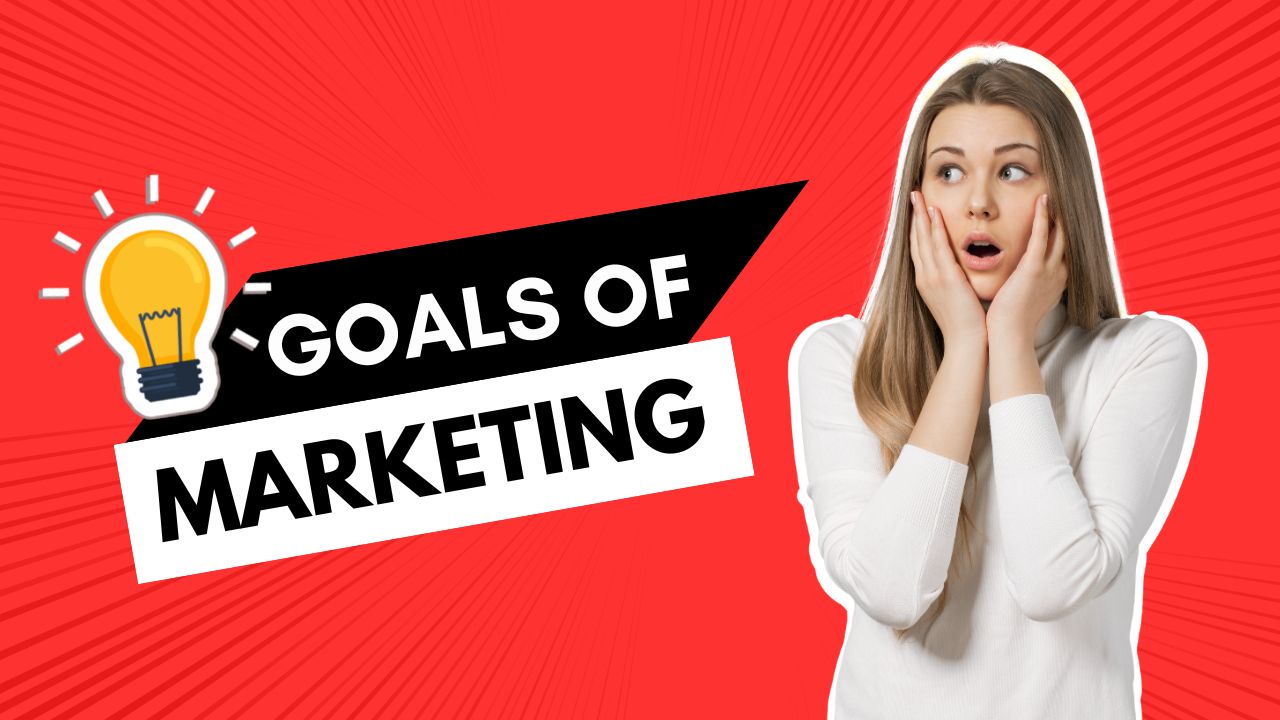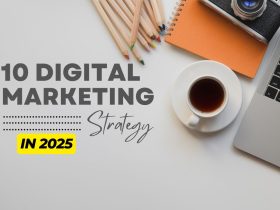Foxysales.com – Content marketing is a cornerstone of modern business success. Whether you’re a small business owner, a marketing professional, or an entrepreneur, learning how to develop a content marketing strategy is essential to building brand awareness, driving traffic, and increasing conversions. But where do you start? In this comprehensive guide, we’ll break down everything you need to know about creating a successful content strategy. From setting clear goals to measuring results, this content strategy guide is packed with actionable content marketing tips to help you succeed.
What is a Content Marketing Strategy?
Before diving into how to develop a content marketing strategy, it’s crucial to understand what it entails. A content marketing strategy is a structured approach to creating, distributing, and managing content that serves to achieve your business goals. It’s not just about posting blogs or creating videos; it’s about delivering the right content, to the right audience, on the right platforms, at the right time.
Effective content marketing can:
- Improve brand awareness
- Drive organic website traffic
- Generate leads and sales
- Foster customer loyalty
Let’s explore the step-by-step process to create a winning strategy.
Define Your Goals
The foundation of any successful content marketing strategy is setting clear, measurable goals. Without a roadmap, your efforts may lack direction and fail to produce tangible results.
How to Set Content Marketing Goals
Follow the SMART framework:
- Specific: Define exactly what you want to achieve. For example, “Increase website traffic by 25% in six months.”
- Measurable: Use metrics like website visits, leads, or sales to track success.
- Achievable: Ensure your goals are realistic based on your resources and timeline.
- Relevant: Align your goals with overall business objectives.
- Time-Bound: Set a deadline to create urgency and accountability.
Example Goals
- Grow social media followers by 15% in 3 months.
- Increase newsletter sign-ups by 500 subscribers in 6 months.
- Boost blog page views by 20% quarter over quarter.
When your goals are clear, you can tailor your strategy to achieve them.
Understand Your Audience
Content is only as good as its relevance to your audience. To create compelling and valuable content, you need to deeply understand your target audience.
Steps to Identify Your Audience
- Create Buyer Personas:
- Define the demographics, interests, pain points, and behaviors of your ideal customers.
- Example: “Emma is a 30-year-old small business owner looking for affordable digital marketing solutions.”
- Conduct Audience Research:
- Use tools like Google Analytics, Facebook Insights, and keyword research to understand what your audience is searching for.
- Analyze competitors to identify gaps in the market.
- Engage Directly:
- Conduct surveys, host Q&A sessions, or use social media polls to gather insights.
Key Questions to Answer
- What problems are they trying to solve?
- What platforms do they use?
- What type of content do they engage with (videos, blogs, infographics)?
When you understand your audience’s needs and preferences, you can create content that truly resonates with them.
Choose Your Platforms
The best content marketing strategy leverages platforms where your audience is most active. Spreading yourself too thin across every platform may dilute your efforts, so focus on the channels that deliver the most ROI.
Popular Platforms and Their Strengths
- Blogs: Excellent for SEO and showcasing thought leadership.
- Social Media:
- Instagram: Visual storytelling for lifestyle brands.
- LinkedIn: B2B content and professional networking.
- Twitter: Quick updates and trending topics.
- Email Newsletters: Build deeper relationships and nurture leads.
- YouTube: Long-form video content with high engagement potential.
- Podcasts: Ideal for niche audiences and building authority.
Tips for Platform Selection
- Match your platforms with your audience’s preferences.
- Analyze engagement rates to determine where your efforts yield the best results.
- Avoid spreading too thin; focus on 2–3 platforms to start.
Create a Content Calendar
Consistency is the key to successful content marketing. A content calendar helps you organize and schedule your efforts so that you’re consistently providing value to your audience.
How to Build a Content Calendar
- Plan Your Topics:
- Brainstorm ideas based on audience pain points, industry trends, and seasonal events.
- Use tools like BuzzSumo or Google Trends to identify high-performing topics.
- Schedule Regular Posts:
- Decide how often you’ll post (e.g., 3 blogs per month, 5 social posts per week).
- Assign deadlines for drafts, edits, and publishing.
- Diversify Content Formats:
- Mix blogs, videos, infographics, podcasts, and case studies to keep your audience engaged.
- Use Tools to Stay Organized:
- Tools like Trello, Asana, or CoSchedule can simplify planning and collaboration.
Example of a Simple Weekly Calendar
| Day | Platform | Content Type | Topic |
|---|---|---|---|
| Monday | Blog | Informative Article | “Top 10 SEO Tips” |
| Wednesday | Carousel Post | “How to Create Engaging Reels” | |
| Friday | Newsletter Update | “Monthly Highlights” |
Having a clear schedule ensures that your content strategy stays consistent and cohesive.
Measure Results
No content marketing strategy is complete without tracking its performance. Measuring your results allows you to identify what’s working and optimize what isn’t.
Key Metrics to Track
- Website Traffic:
- Use Google Analytics to monitor unique visitors, page views, and bounce rates.
- Engagement Rates:
- Track likes, shares, comments, and saves on social media.
- Lead Generation:
- Measure the number of form submissions, sign-ups, or inquiries generated by your content.
- Conversion Rates:
- Evaluate how many leads turn into paying customers.
- Content Performance:
- Identify which pieces of content drive the most traffic and engagement.
Tools for Measurement
- Google Analytics: For website metrics.
- Hootsuite/Buffer: For social media analytics.
- HubSpot: For tracking leads and conversions.
Example: Adjusting Based on Data
- If a blog post isn’t driving traffic, consider optimizing its headline, keywords, or internal linking.
- If Instagram posts aren’t performing well, experiment with different formats like Stories or Reels.
Regularly reviewing your data ensures that you’re continuously improving your strategy.
Final Thoughts
Developing a content marketing strategy requires time, effort, and constant refinement. By following this guide, you’ll be well on your way to creating a strategy that drives real results.
To recap:
- Set SMART goals that align with your business objectives.
- Understand your audience to create content that resonates.
- Focus on the platforms where your audience is most active.
- Use a content calendar to stay consistent and organized.
- Measure your results and refine your strategy based on data.
Remember, content marketing is a long-term game. The more you learn about your audience and adapt to their needs, the more effective your strategy will become. Start small, track your progress, and scale your efforts as you grow!










